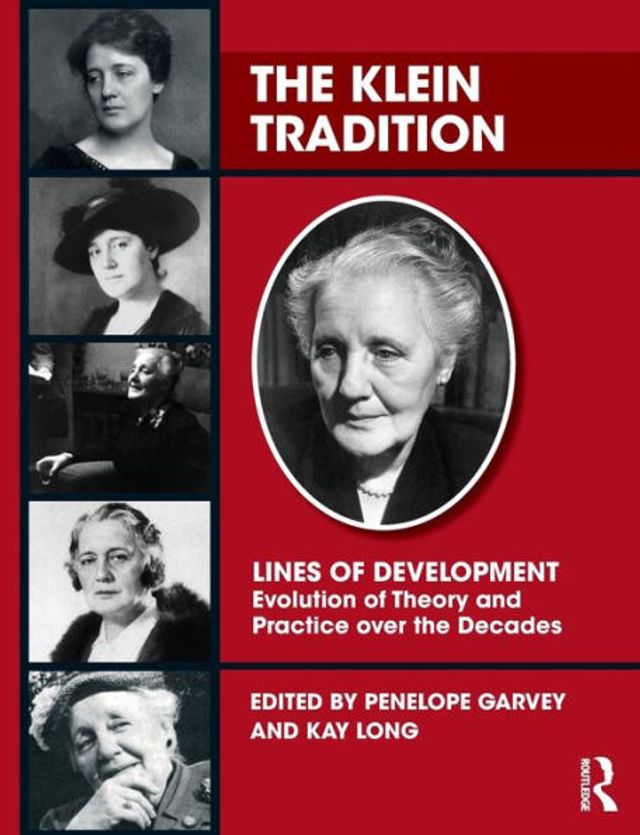Home
Environmental Criminology: Evolution, Theory, and Practice
Barnes and Noble
Environmental Criminology: Evolution, Theory, and Practice
Current price: $180.00


Barnes and Noble
Environmental Criminology: Evolution, Theory, and Practice
Current price: $180.00
Size: Hardcover
Loading Inventory...
*Product information may vary - to confirm product availability, pricing, shipping and return information please contact Barnes and Noble
The field of environmental criminology is a staple theoretical framework in contemporary criminological theory. This fully revised and expanded edition of the world's first comprehensive and sole-authored textbook on this influential school of criminological thought covers a wide range of topics, including:
the origins of environmental criminology;
the primary theoretical frameworks, such as social disorganization theory, the routine activity approach, geometry of crime, rational choice perspective, and multilevel models that integrate environmental criminology;
the practical application of environmental criminology;
an examination of how theories are operationalized and tested; and
policy implications for the practice of crime prevention.
As well as these popular topics, Martin Andresen also discusses a number of topics that are at the leading edge of research within environmental criminology. New to the third edition is an expanded coverage on multilevel models of environmental criminology, harm indices, crime mapping, hot-spot policing, and future directions in environmental criminology.
This text will be ideal for courses on crime prevention, where students are often encouraged to consider policy problems and apply theory to practice. This book offers up environmental criminology as a theoretical framework for making sense of complex neighborhood problems, so it is also perfect for courses on geography of crime, crime analysis, and, indeed, environmental criminology. It would also be a good supplement for courses on criminological theory.
the origins of environmental criminology;
the primary theoretical frameworks, such as social disorganization theory, the routine activity approach, geometry of crime, rational choice perspective, and multilevel models that integrate environmental criminology;
the practical application of environmental criminology;
an examination of how theories are operationalized and tested; and
policy implications for the practice of crime prevention.
As well as these popular topics, Martin Andresen also discusses a number of topics that are at the leading edge of research within environmental criminology. New to the third edition is an expanded coverage on multilevel models of environmental criminology, harm indices, crime mapping, hot-spot policing, and future directions in environmental criminology.
This text will be ideal for courses on crime prevention, where students are often encouraged to consider policy problems and apply theory to practice. This book offers up environmental criminology as a theoretical framework for making sense of complex neighborhood problems, so it is also perfect for courses on geography of crime, crime analysis, and, indeed, environmental criminology. It would also be a good supplement for courses on criminological theory.


















